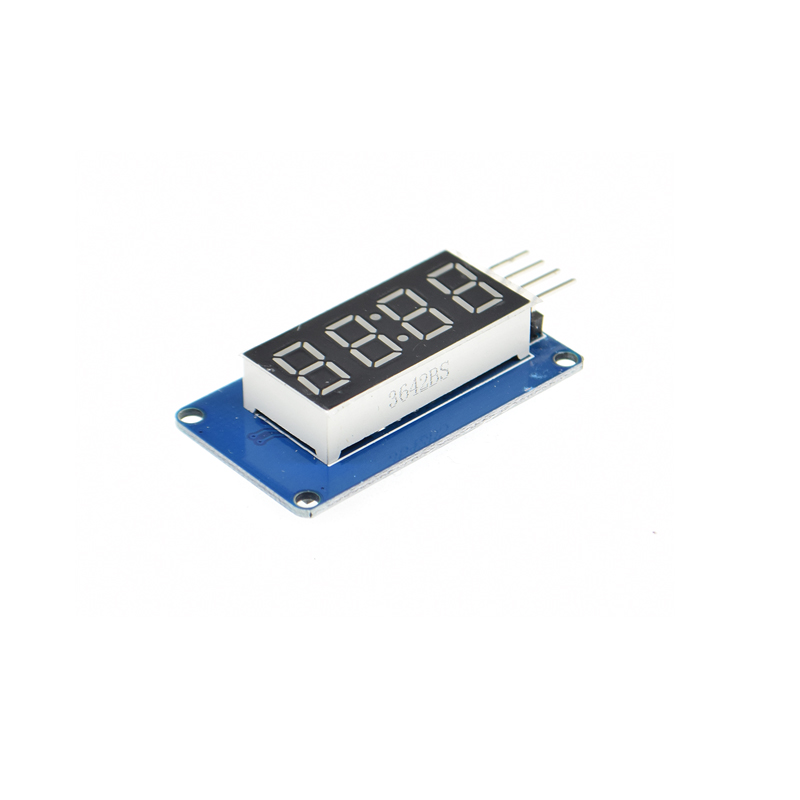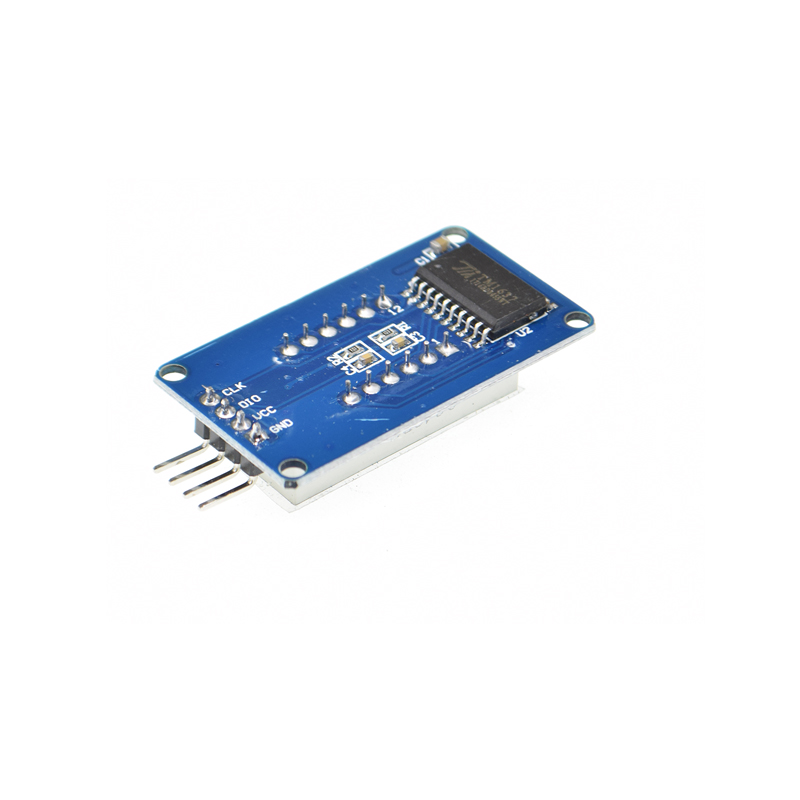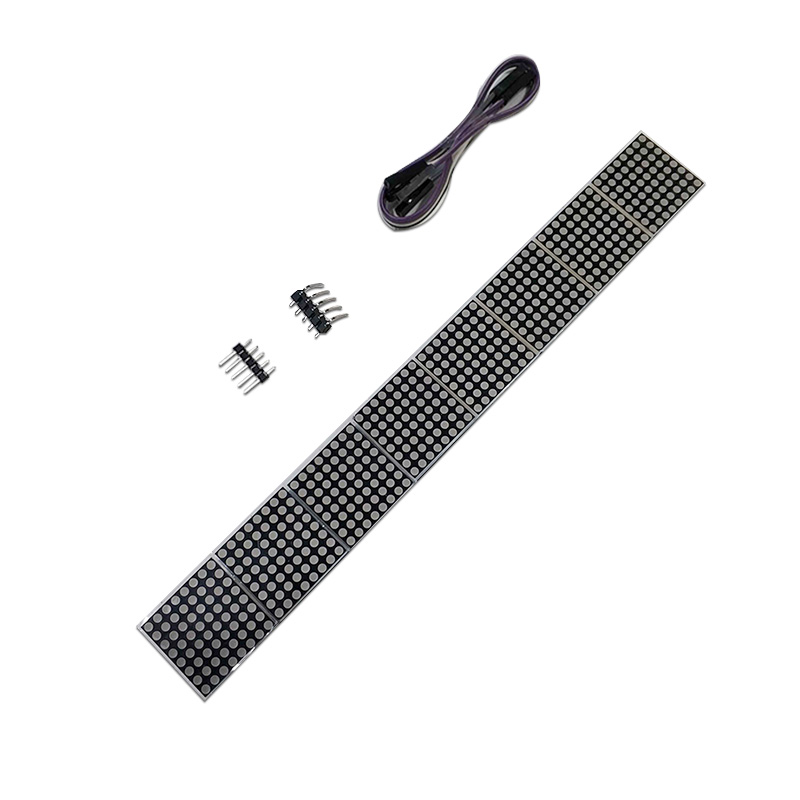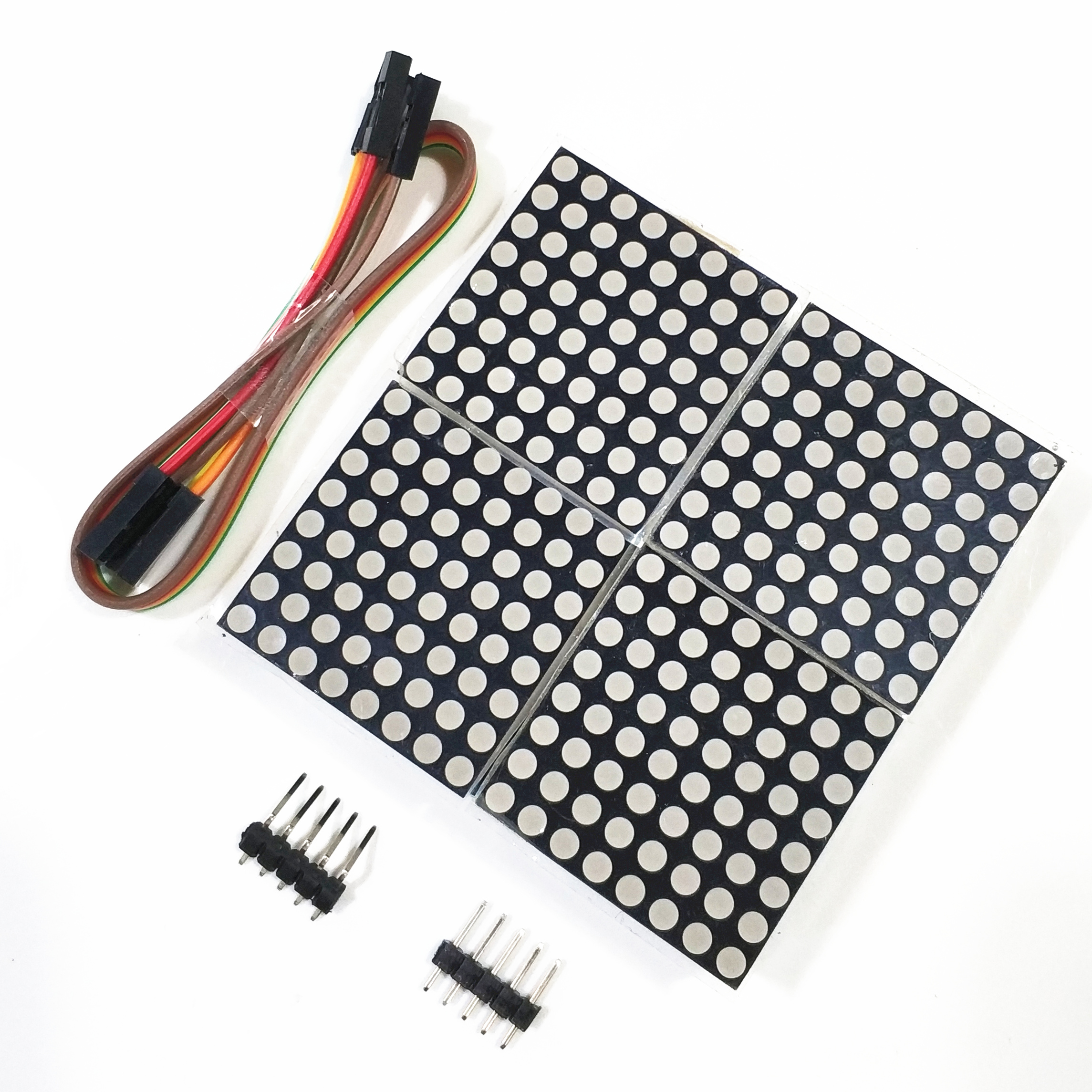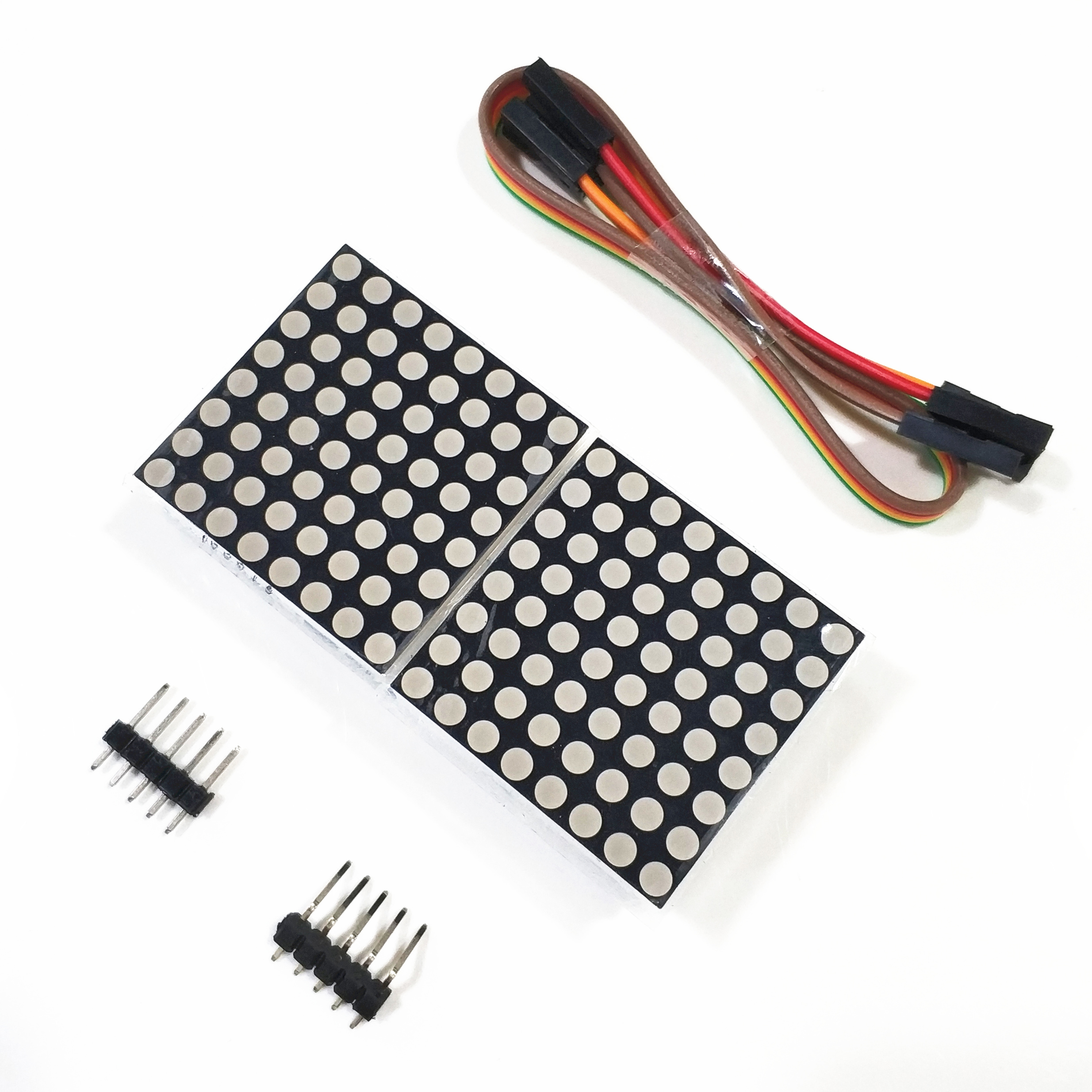4-digit digital tube display module Arduino LED brightness adjustable with clock point accessories building blocks
The module is a 12-pin 4-digit common anode digital tube (0.36 inch) display module with clock dots. The driver chip is TM1637. Only 2 signal lines are needed to enable the single-chip microcomputer to control the 4-digit 8-segment digital tube.
The module features are as follows:
The display device is a 4-digit common anode red-digit digital tube
Digital tube 8 levels gray scale adjustable
The control interface level can be 5V or 3.3V
4 M2 screw positioning holes for easy installation
|
project |
Minimum |
Typical value |
Max |
unit |
|
voltage |
3.3 |
5 |
5.5 |
VDC |
|
Current (@5V) |
— |
30 |
80 |
mA |
|
size |
42X24X12 |
mm |
||
|
weight |
8 |
g |
||
Control interface:A total of 4 pins (GND, VCC, DIO, CLK), GND is the ground, VCC is the power supply, DIO is the data input and output pin, and CLK is the clock signal pin;
Digital Tube:4-digit common anode 0.36 inch digital tube with score point, red letters are highlighted;
Positioning hole:4 M2 screw positioning holes with a diameter of 2.2mm, which make the module easy to install and position, and realize the combination between modules;
Overview of library routines:
1. ClockDisplay: Use the timer 1 of the MCU on the main board to time, and let the 4-digit digital tube display.
2. NumberFlow: 0~9, A, b, C, d, E, F and other 16 characters flow from right to left.
3. StopWatch: Use the timer 1 of the MCU on the main board to time, and can cooperate with the button to realize the stopwatch function.
experiment equipment:
1 Arduino compatible motherboard Catduino (not familiar with open source hardware can be understood as Atmega328P MCU development board) and a mini USB cable;
1 4-digit digital tube display module;
4 male-to-female Dupont wires, used to connect the control interface of the module and the Catduino development board;
Experimental steps:
1. Connect the 4-digit digital tube display module and Catduino with 4 male to female Dupont wires, as shown in the table and figure below
|
Catduino |
Connection line |
4-digit digital tube display module |
|
GND |
black line |
GND |
|
5V |
Red line |
VCC |
|
D2 |
Yellow line |
DIO |
|
D3 |
White line |
CLK |
1. Download the program package DigitalTubeforArduino1.0+ for this module above Arduino version 1.0 from http://pan.baidu.com/s/1jGfy2qy from Baidu SkyDrive. If there is no TimerOne_v9 library in the libraries directory, please You need to download the library from the network disk, and then unzip it directly to the ..arduino-1.0libraries directory.
2. Connect Catduino with mini USB. If this motherboard is used for the first time, its USB to serial driver can be found from the drivers under the Arduino IDE directory.
3. Reopen the Arduino IDE and click the Open button on the toolbar to open the NumberFlow example in DigitalTube, as shown in the figure below.
Select the serial port and board name, and click the burn button to burn. This routine can make 16 characters such as 0-9, A, b, C, d, E, F flow from right to left, as shown in the figure below.
The function to adjust the display gray level of the digital tube is the set() function in the class TM1637. The input parameter is 0~7. The larger the number, the higher the brightness.
1 4-digit digital tube display module (anti-static packaging).



